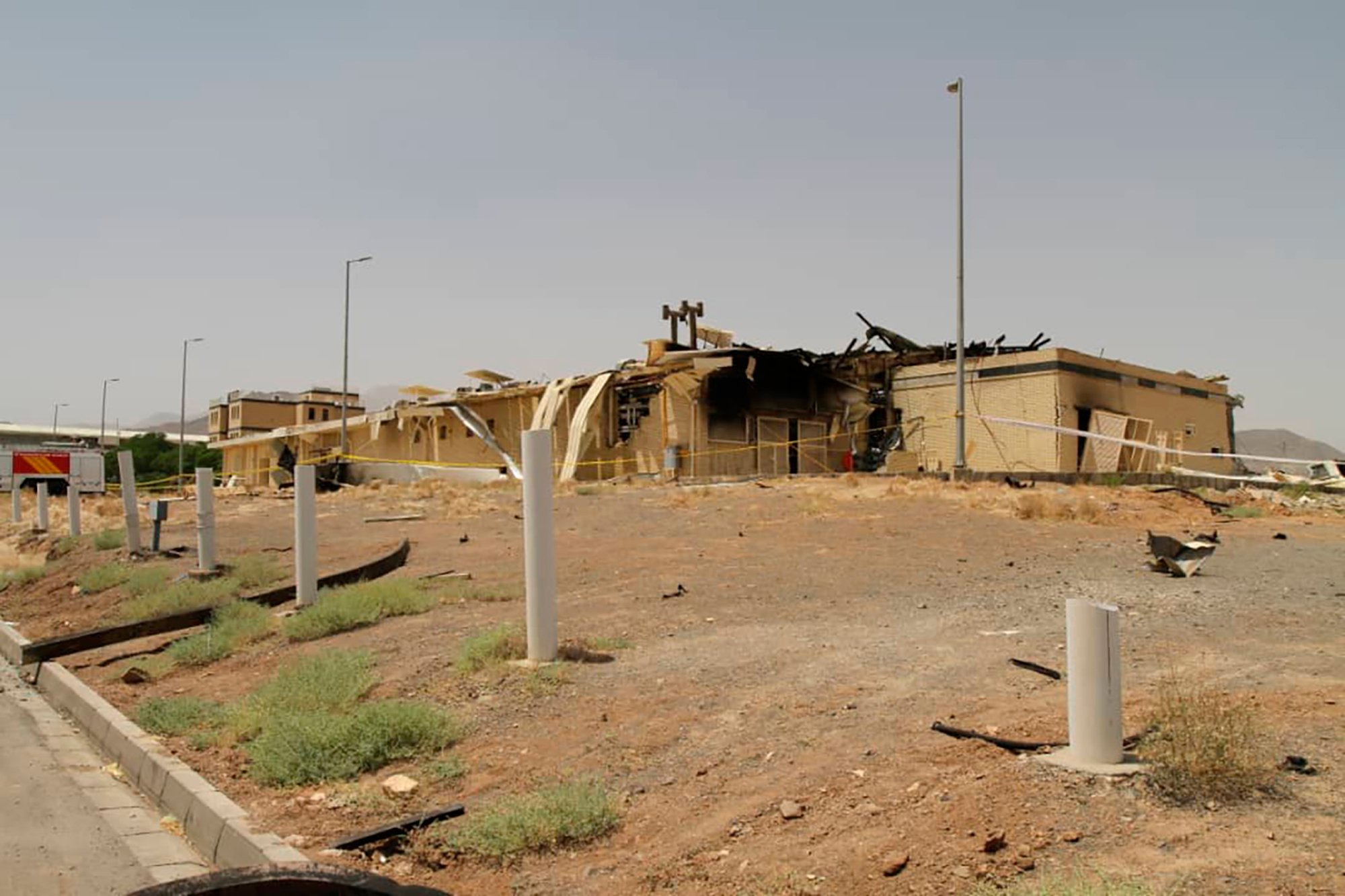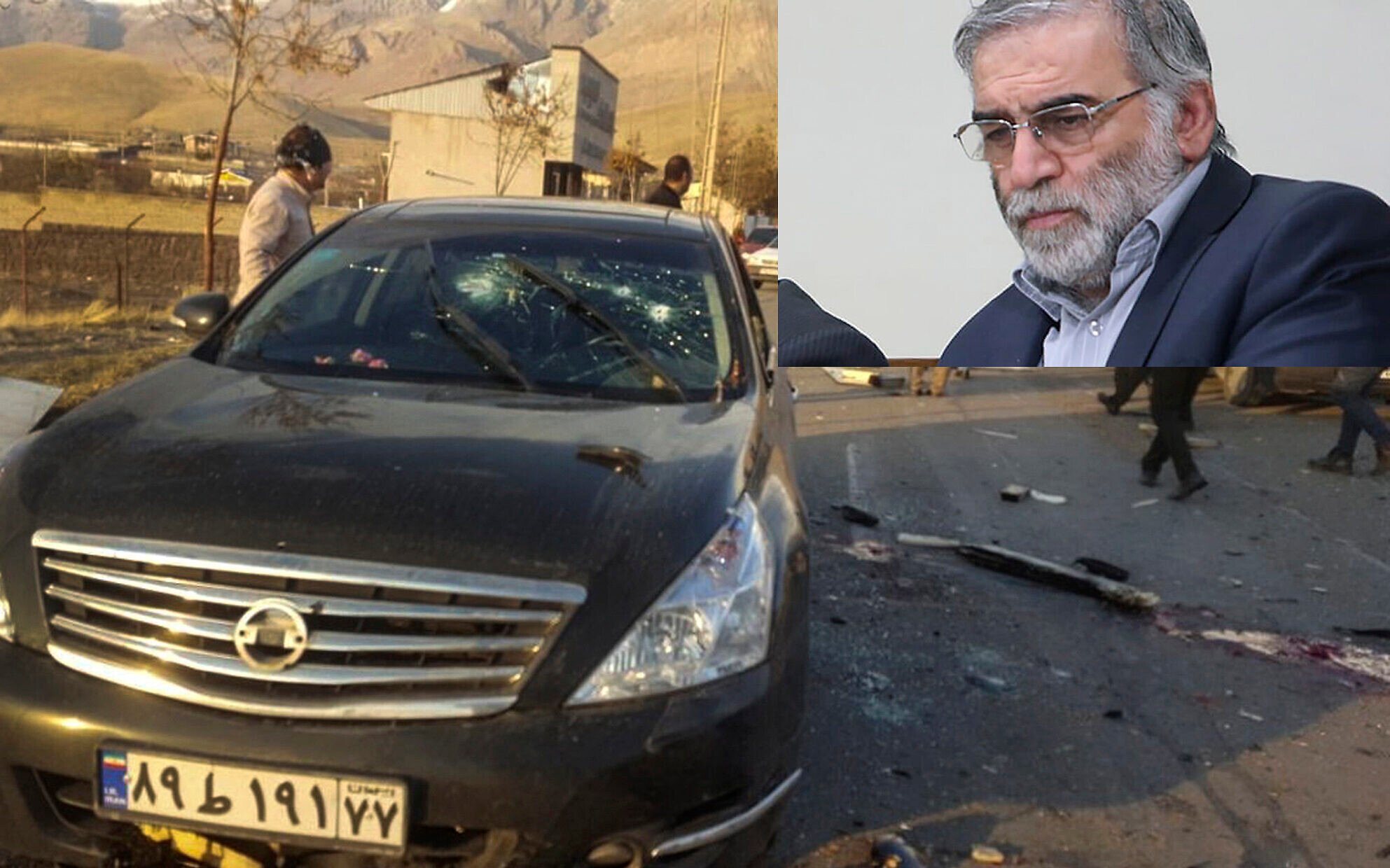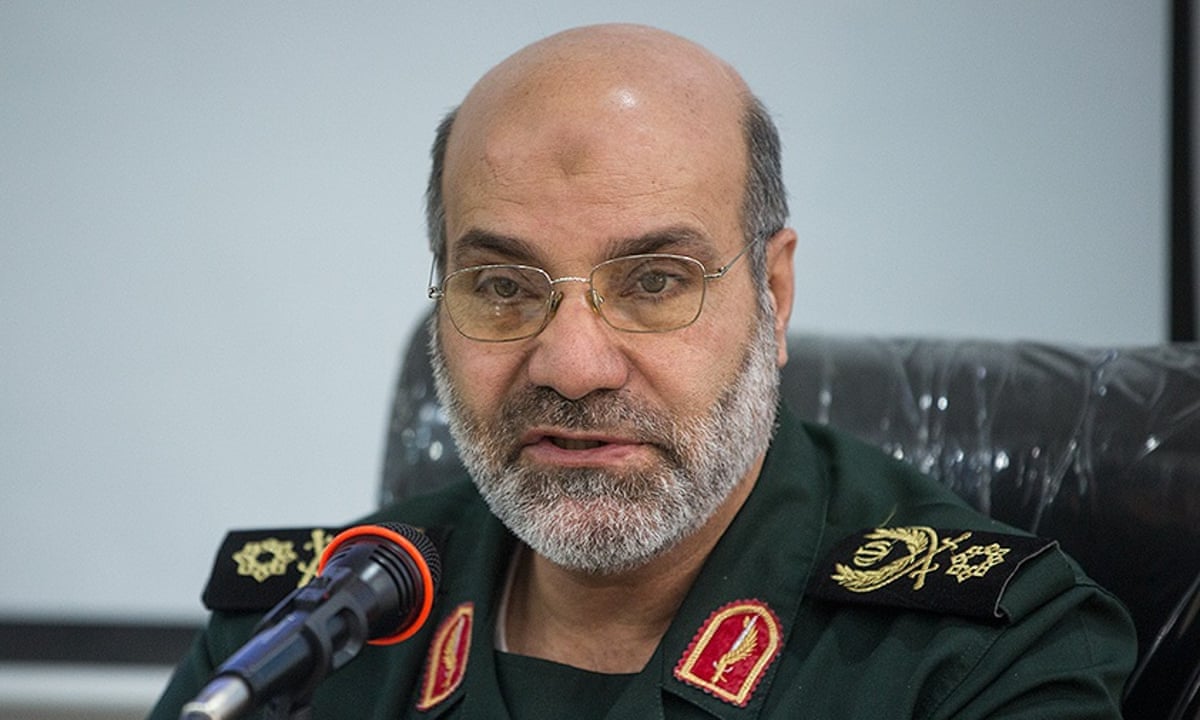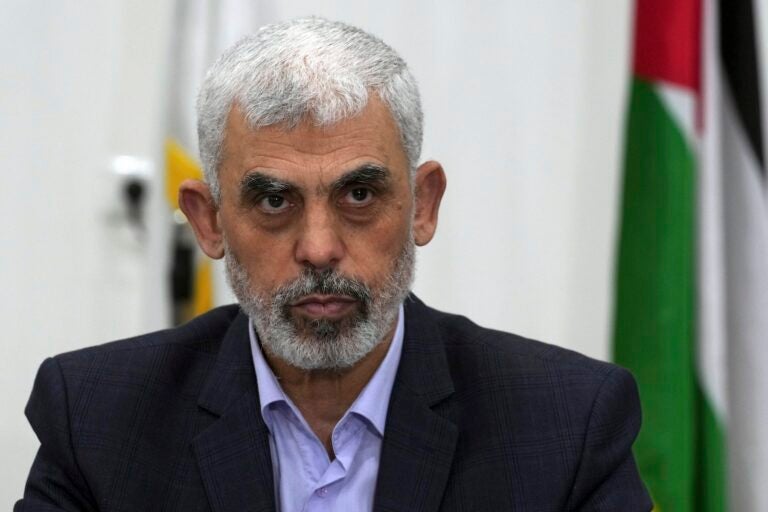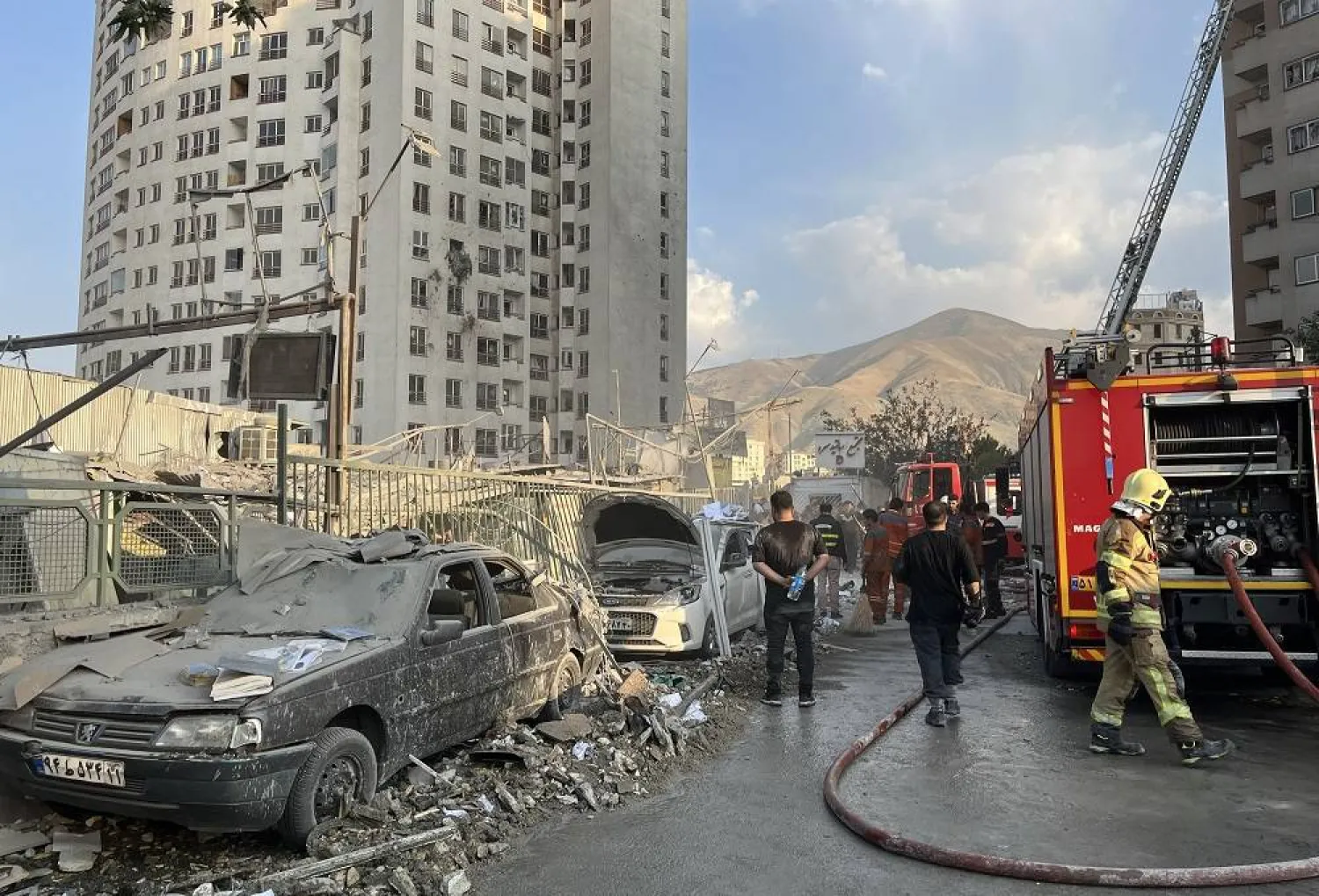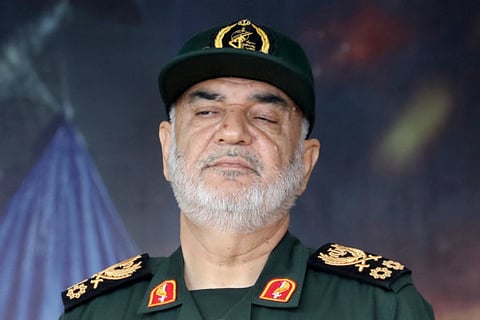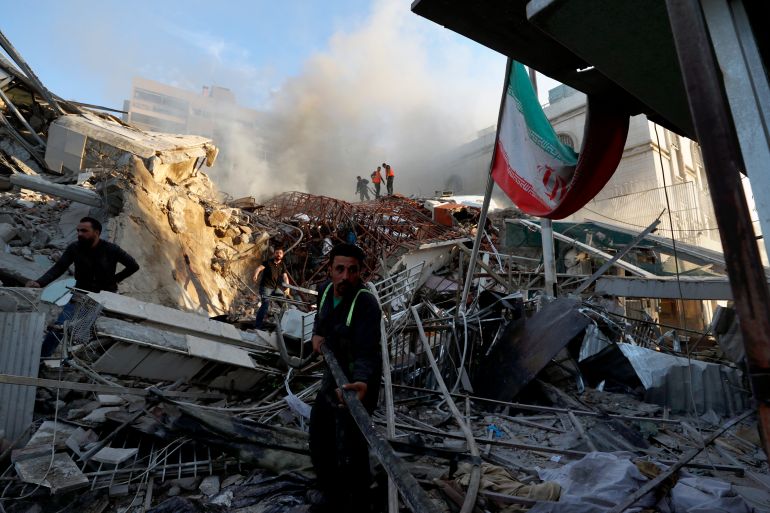1. Timeline of Major Direct Military Actions
- July 2, 2020 (Iran) – An explosion at Iran’s Natanz uranium-enrichment facility severely damaged its centrifuge plant(widely attributed to Israeli sabotage). No casualties were reported, but Iran’s chief nuclear engineer called the blast an act of “nuclear terrorism.”

- Nov 27, 2020 (Iran) – Top Iranian nuclear scientist Mohsen Fakhrizadeh was assassinated near Tehran (killed along with his wife and bodyguard). Iran blamed Israel for the car-bombing. Fakhrizadeh was a key figure in Iran’s nuclear program.

- Apr 21, 2021 (Iran) – A mysterious power outage struck the Natanz facility. Iran accused Israel of sabotage, and soon after began enriching uranium to 60% purity (close to weapons-grade) as a countermeasure. (No deaths reported.)

- June 2, 2022 (Iran) – Two Iranian nuclear scientists (Ayoob Entezari and Kamran Aghamolaei) died under suspicious circumstances (suspected poisoning). Iranian media suggested these were targeted killings, implicitly blaming Israeli intelligence.

- Oct 7, 2023 (Israel) – Hamas, backed by Iran, launched a surprise cross-border attack into southern Israel, killing about 1,200 Israelis and taking hostages. Israel responded with a massive military offensive in Gaza. (While this was primarily a Hamas–Israel conflict, Iran quickly expressed support for Hamas, raising tensions with Israel.)

- Feb 14, 2024 (Iran) – Two explosions sabotaged Iran’s South–North gas pipeline in Chaharmahal province. Iran’s oil minister blamed Israel. Although the blasts caused no injuries, they disrupted gas supplies across Iran.

- Apr 1, 2024 (Syria) – Israeli missiles struck the Iranian consulate compound in Damascus, hitting a diplomatic site. The attack killed at least seven IRGC/Quds Force personnel, including Brig.-Gen. Mohammad Reza Zahedi and his deputy, top advisors coordinating Iran’s Syria operations. The building was destroyed.

- Apr 13–14, 2024 (Iran→Israel) – In direct retaliation for the Damascus strike, Iran launched a volley of ~300 ballistic missiles and drones towards Israel. Israel’s air defenses intercepted the vast majority. There were minimal casualties in Israel (some damage, one death from debris).

- Oct 17, 2024 (Gaza Strip) – In a major raid, Israel’s military killed Yahya Sinwar, the top Hamas leader in Gaza. (This occurred during the Gaza war.) Sinwar’s death was confirmed by Israeli officials. This intensified Israel’s campaign in Gaza, though a ceasefire was negotiated by May 2024 under international pressure.

- June 13, 2025 (Iran) – Israel carried out unprecedented airstrikes deep inside Iran (around Tehran). Iranian and Western reports say at least seven senior IRGC commanders were killed (including IRGC Commander-in-Chief Hossein Salami and General Staff head Mohammad Bagheri) along with ~6–9 nuclear scientists. Simultaneously, Iran launched ~100 attack drones at Israel (all were intercepted) in a reciprocal strike. This was the most serious single escalation to date.


Mohammad Bagheri 
Hossein Salami https://youtu.be/eH5RIKH3ABk?si=M1CLy4_mb7Lpf7DQ
2. Proxy Warfare Developments
Hezbollah (Lebanon)
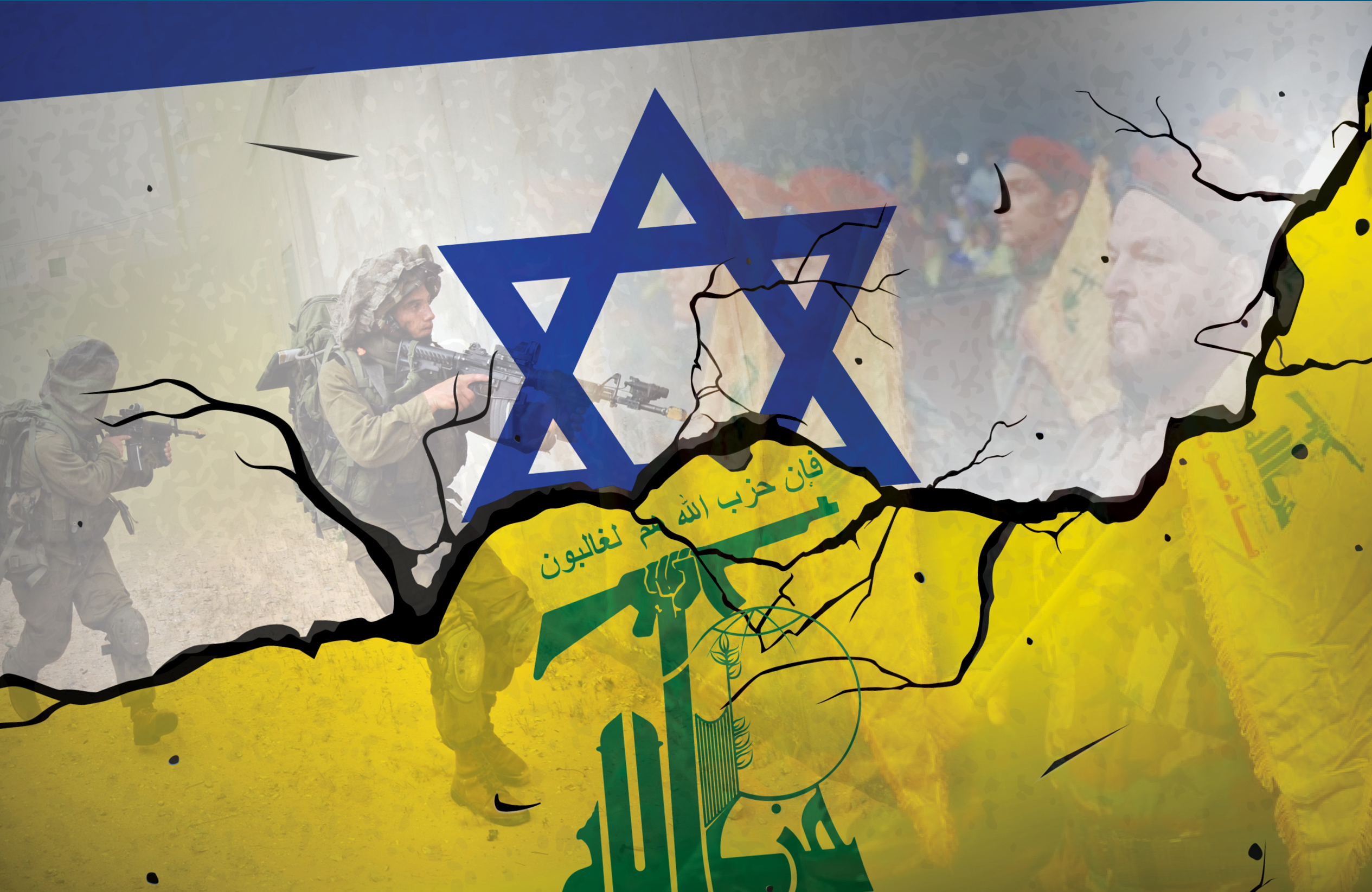
Hezbollah, Iran’s Lebanese ally, has fought a cross-border war with Israel since Oct. 2023. Hezbollah fired thousands of rockets and drones into northern Israel (striking civilian areas), while Israel conducted 8,300+ air/artillery strikes in Lebanon. By Sep. 2024, roughly 10,214 total exchanges had taken place – Israel’s strikes killed about 752 Lebanese (civilians and combatants), while Hezbollah’s attacks killed 33 Israelis. Key incidents include rocket attacks on Israeli towns (often prompting civilian evacuations) and Israeli raids on Hezbollah positions. In Nov. 2024, Hezbollah launched a suicide drone that hit a kindergarten in Nesher (near Haifa); miraculously, there were no injuries. A particularly deadly incident occurred on Sept. 17, 2024, when booby-trapped pagers exploded in south Lebanon, killing 9 people (including Iran’s ambassador to Lebanon); Hezbollah immediately blamed Israel for this attack. Clashes have occasionally targeted journalists and aid workers; for example, an Israeli strike in Oct. 2024 killed three journalists covering the Lebanon front.
Houthis (Yemen)
Iran-aligned Houthi rebels in Yemen have opened a new front by targeting Israel and international shipping. Since Oct. 2023 they have launched dozens of missiles and drones at Israel, including attacks on Ben-Gurion Airport (Tel Aviv) and elsewhere. On May 4, 2025 a Houthi missile struck near Ben-Gurion Airport, causing panic (4 people were lightly injured); the Houthis promptly announced an “air blockade” of Israel, vowing to repeatedly hit Israeli airports. They have also targeted shipping in the Red Sea as solidarity with Gaza: between Nov. 2023 and Jan. 2025 they attacked over 100 commercial vessels (sinking 2 and killing 4 sailors), significantly disrupting maritime trade. Israel has responded with multiple strikes: initially it bombed Houthi weapons sites and Sanaa airport, and on June 10, 2025 the Israeli Navy shell[ed] the docks at Hodeida (Houthi’s main port). (This was the first time Israel struck Yemen from the sea.) Israel Defense Minister Katz warned that continued Houthi attacks would trigger a full naval and air blockade of Yemen. (See image below: an Israeli navy patrol vessel of the type used in these strikes.)


Iraqi Militias (PMF) and Syrian Proxies
Iran-backed Shiite militias in Iraq (the Popular Mobilization Forces) briefly opened a northern front. Since Gaza hostilities began, dozens of militia-fired attack drones were launched at Israeli targets. In October 2023 an Iraqi drone strike on an Israeli base in the Golan Heights killed 2 Israeli soldiers and wounded 24. By late 2024, Baghdad reportedly pressured the militias to stand down – Iranian-linked fighters agreed to halt attacks by December 2024 due to “volatile” regional conditionst. In Syria, Israel continued frequent airstrikes on Iranian assets. Notably, on Dec. 25, 2023 an Israeli strike near Damascus killed Brig.-Gen. Sayyed Razi Mousavi, a senior IRGC commander advising the Assad regime. (Iran publicly vowed revenge.) In April 2022, IRGC Col. Hassan Sayyad Khodaei (a Quds Force operative) was assassinated in Tehran by unknown gunmen, which Iran blamed on Israeli agents.
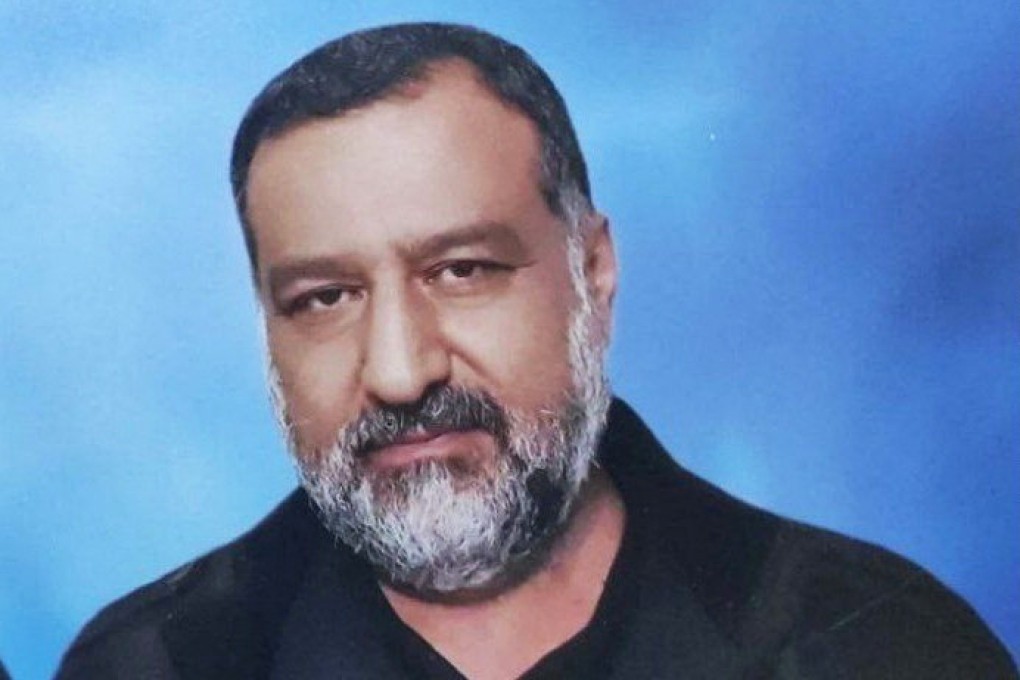
Gaza Militants (Hamas, Islamic Jihad, etc.)
In Gaza, Iran’s main proxies are Hamas and Palestinian Islamic Jihad. After Oct. 7, 2023, Hamas’s assault initiated a full-scale Israel–Gaza war. Iran openly supported Hamas during the fighting. Although Israel’s main countertarget was Gaza’s militant infrastructure, Tehran viewed Israeli gains with concern; Iran’s Revolutionary Guard threatened escalation but stopped short of direct engagement. In late 2023 Israel claimed to have killed several PIJ commanders in Gaza (weapons often came via Iranian supply). Throughout 2024 the Gaza front remained active but focused on Israel’s campaign; Iranian-affiliated militias in Gaza (with Iranian weaponry) continued firing rockets at Israeli border communities during lulls in the war. (Casualty estimates in Gaza totaled tens of thousands on the Palestinian side by war’s end, and over 1,000 Israeli soldiers and civilians, but this goes beyond our scope.)
3. Cyber Attacks on Infrastructure
Both sides have employed cyber warfare on civilian and infrastructure targets. For example, Dec. 2023 – Israel’s National Cyber Directorate publicly blamed an Iran-linked hacker group (“AGRIUS”, tied to Iran’s intelligence ministry) and Hezbollah’s “Cedar” unit for a cyberattack on Safed’s Ziv Medical Center. The attackers leaked patient data online (though the hospital’s operations were protected). In apparent retaliation, an Israel-affiliated hacktivist group (“Predatory Sparrow”) claimed an attack on Iranian gas station networks on Dec. 18, 2023, disabling hundreds of fuel pumps nationwide. In mid-2024 there were reports of cyber intrusions targeting Israeli water and energy systems (some tied to Iran-affiliated groups) and suspected Israeli penetration of Iranian nuclear facility networks, though details remain classified. (Cybersecurity analysts note a long-running shadow cyber-conflict dating back to Stuxnet, but we focus here on 2020–2025 events.)
4. Escalations and Retaliations
- Hamas-Gaza War (Oct 2023): Hamas’s Oct. 7 attack (see above) was the big trigger. Israel’s harsh response in Gaza led Hezbollah and others in Iran’s “Axis of Resistance” to open new fronts: Hezbollah began firing rockets into northern Israel on Oct. 8, and militias in Iraq/Yemen followed suit. Each Israeli strike in Lebanon or Gaza often provoked a rocket salvo back, resulting in a cycle of tit-for-tat fighting.

- Syria Diplomatic Strike → Missile War (Apr 2024): Israel’s surprise strike on Iran’s Damascus consulate (killing Quds Force generals) prompted Iran to retaliate on Apr. 13/14 with a barrage of missiles and drones at Israel. Israel intercepted most, but this was a rare direct exchange (not via proxies) between Israel and Iran. Iran’s action signaled its willingness to respond to overt Israeli attacks.

- Energy/Infrastructure Sabotage: The Feb. 2024 gas-pipeline blasts did not kill anyone but marked a new front – attacks on Iran’s economy. Iran publicly blamed Israel for this “terrorism”. In response, Iran increased pressure on Israel via proxies (e.g. boosting rocket attacks by Hezbollah and Houthi missile launches).

- Targeted Killings → Revenge Claims: Israel’s elimination of militant leaders (Hamas, PIJ, Hezbollah) often prompted vows of vengeance. For instance, killing Hamas’s Sinwar in Oct. 2024 was followed by Hezbollah lobbing more rockets into Israel. Conversely, Iran’s assassination of Colonel Khodaei (May 2022) led to Iranian authorities exl.
- Cycle of Proxy Attacks: When Israel struck Hezbollah or Syrian-Iranian targets, Hezbollah rockets surged. When Iran or its proxies attacked Israel (e.g. Houthi missile flights in Spring 2025), Israel retaliated with strikes on Yemen/Syria. These escalatory cascades have repeatedly pushed the region to the brink.
5. Most Recent Escalation
(June 13, 2025)
On June 13, 2025, Israel launched its most dramatic attack yet on Iran itself. Israeli jets struck military and nuclear sites around Tehran. Iranian state media reported that at least seven senior IRGC commanders (including IRGC chief Hossein Salami and Armed Forces chief Mohammad Bagheri) and six top nuclear scientists were killed. (Independent verification is difficult under wartime censorship, but satellite images show significant damage to Tehran suburbs.) Iran immediately fired ~100 armed drones at Israel; Israel’s air defenses shot them all down. Iran’s Supreme Leader called the strikes a “stupid” aggression and vowed retaliation.
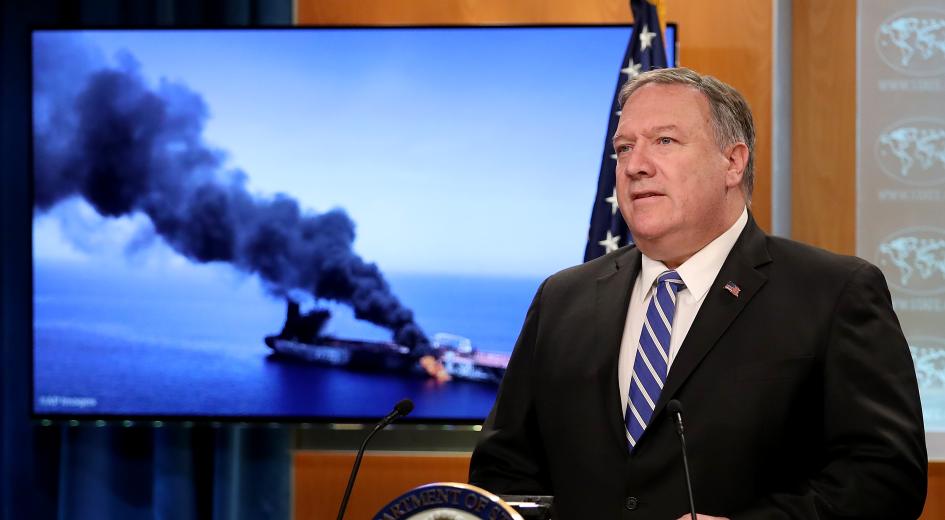
This escalation was unprecedented in scale. Worldwide reactions poured in: the U.S. expressed alarm and emphasised protecting American forces in the region; President Trump was reported to have convened an emergency security meeting. European leaders unanimously urged maximum restraint and de-escalation. British PM Starmer warned that “escalation serves no one” and insisted on calm. EU Commission chief von der Leyen called for an urgent diplomatic solution. Gulf Arab states (which have security ties with both Israel and Iran) also quietly pushed for restraint. Russia and China publicly offered to mediate, while NATO and the UN urged ceasefire. The attack on June 13, 2025 is thus the most serious flare-up of the decade-long shadow conflict, raising fears of a wider regional war.
Live
Israel attacked Iran
Iran attacked Israel
6. International Involvement
- United States: The U.S. is Israel’s key ally. Washington has approved arms sales and provided missile defense (Patriots/THAAD) to Israel. U.S. forces remain stationed in the region (Iraq, Gulf) to deter Iran. For example, when Iran or Hezbollah fired rockets at U.S. bases in 2021–24, the U.S. struck Iranian militias in Iraq/Syria in response. In May 2024 the U.S. Navy shot down Houthi missiles aimed at vessels. Politically, U.S. administrations have alternated between publicly backstopping Israel’s right to self-defense and quietly urging caution to avoid war.
- Russia: Tehran’s strategic partner. Russia has sold air-defense missiles to Iran (S-400), conducted joint naval exercises, and supported Iran diplomatically (often at the UN). Moscow has called for restraint by all sides, warning that a broader war would also endanger Russian interests (e.g. Syria). Russia also intervenes in regional mediation – e.g. hosting indirect talks with Iran on arms control – but has not taken a clear side in Israeli–Iranian exchanges.
- China: Acts as a “honest broker.” Beijing brokered a March 2023 Iran–Saudi rapprochement, which included Iran curbing some Houthi support. China has since urged all parties to de-escalate and has quietly communicated with Tehran. China’s economic ties (energy imports) give it leverage; in 2023–25 it expressed concern at Red Sea disruptions (Houthi attacks) and backed UN calls for stability.
- European Union: EU countries have no defense pact with either side but are deeply alarmed. Through the Iran nuclear deal framework, European powers (UK, France, Germany) have pressed Iran to limit its nuclear program (as noted by IAEA non-compliance reports). After each flare-up (Damascus strike, Gaza war, June 2025 attack), EU leaders unitedly demanded immediate de-escalation and offered to mediate quietly. EU foreign ministers have also imposed sanctions on specific IRGC-affiliated individuals (especially after attacks inside Israel).
- Gulf States: The UAE, Bahrain and a few others formalized relations with Israel (2020 Abraham Accords) and have cooperated on security (sharing intel on Iran). However, Gulf governments (especially Saudi Arabia) publicly emphasize regional stability and have urged restraint. Notably, Saudi Arabia (backed by China) agreed in 2023 not to intervene directly and to reopen its embassy in Iran – a move aimed at tempering tensions (including limiting support to Houthis). Iran’s Gulf neighbors also raised oil-production quotas to calm global markets whenever Middle East tensions spiked.
- International Bodies: The UN Security Council has been largely gridlocked, as Russia and China veto or water down any resolutions perceived as anti-Iran. However, the International Atomic Energy Agency (IAEA) (a UN agency) has repeatedly condemned Iran’s enrichment steps (citing its November 2023 report that Iran violated the Non-Proliferation Treaty). The UN Secretary-General Antonio Guterres has on several occasions appealed to both sides to “avoid military confrontation” and abide by international law, but with limited effect.
7. Diplomatic Efforts and UN Resolutions
Despite the fighting, there has been constant diplomatic activity to prevent all-out war. The major focus has been on Iran’s nuclear program: indirect talks (hosted by the EU) to revive the 2015 JCPOA collapsed again in 2022, and no new deal was reached by mid-2025. The failure of those negotiations has increased mistrust: Israel insists Tehran must never get a bomb, while Iran demands sanctions relief. At the UN, the Security Council has not passed any war-related resolutions (efforts are routinely vetoed). Instead, the Council’s 1540 and 2231 Committees (nuclear non-proliferation) occasionally meet to review Iran’s compliance.
Regionally, there have been periodic ceasefire talks (e.g. Qatar-mediated truces in Gaza in Nov. 2023 and May 2024) and prisoner-exchange deals between Israel and Hamas. In December 2023, Israeli and Iraqi representatives even negotiated a withdrawal of militias from Iraqi territories facing Israel. On a broader level, China (as noted) hosted the Iran–Saudi détente in March 2023, and Oman reopened flights between Israel and Gulf countries, hoping to serve as a back-channel for wider peace. Nonetheless, no formal peace negotiations have ever been attempted directly between Israel and Iran. The UN and major powers continue to press for diplomacy, but with both sides publicly at loggerheads, the war of shadow attacks and proxy skirmishes shows few signs of letting up.
Sources: Major news and analysis outlets (Euronews, Reuters, AP, Al Jazeera, The Times of Israel, etc.)
(Click notification ![]() for more updates)
for more updates)
By: V.Harishram
”Stay true, bring facts to you”


